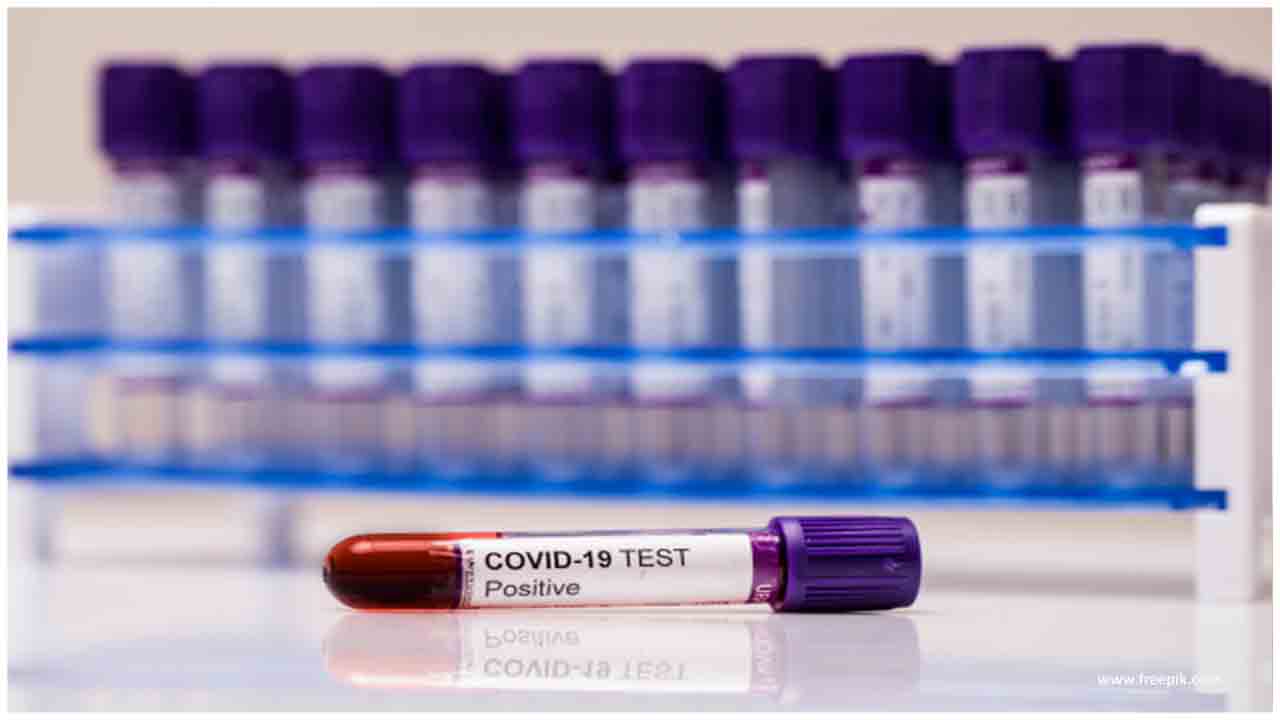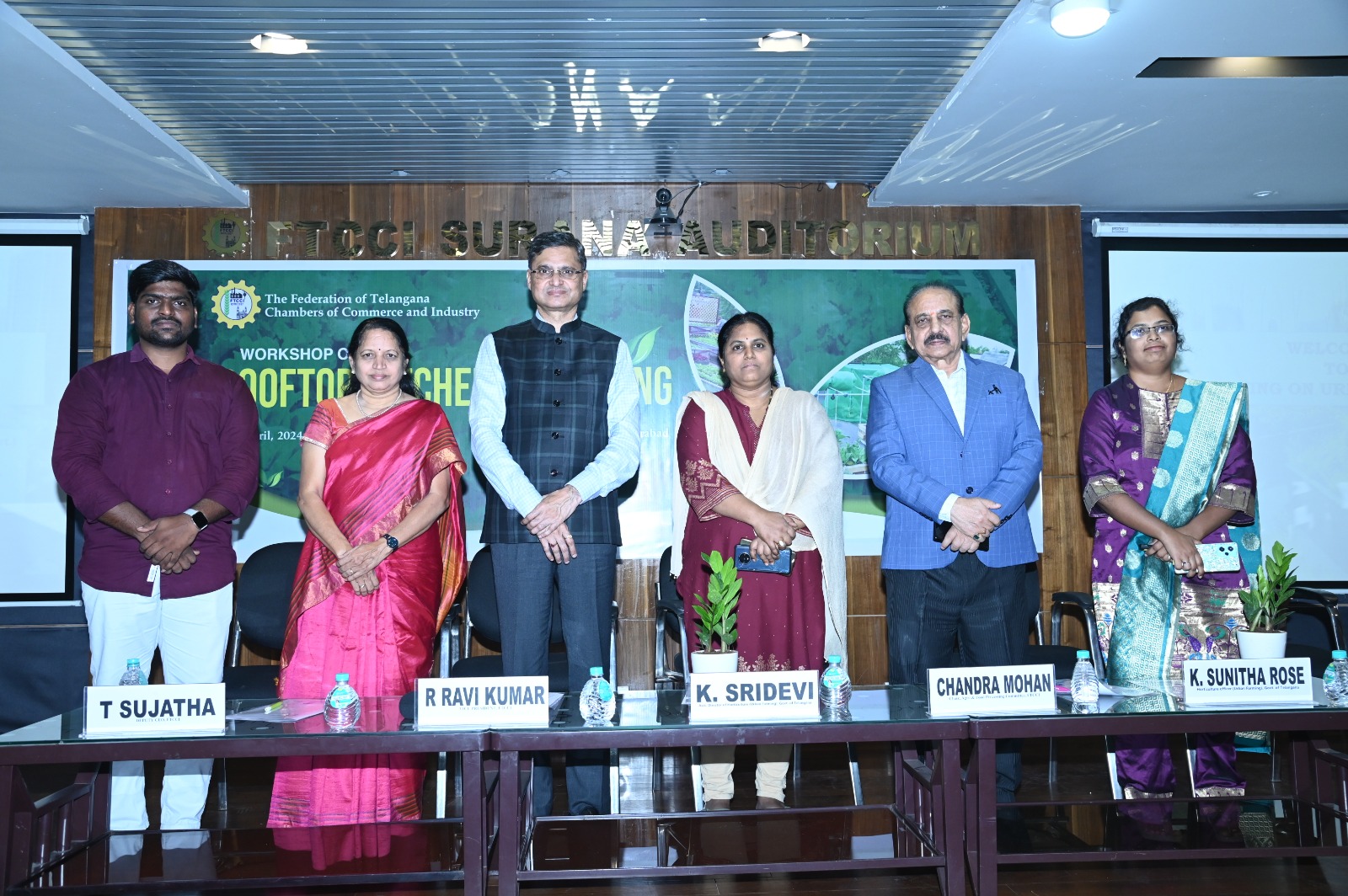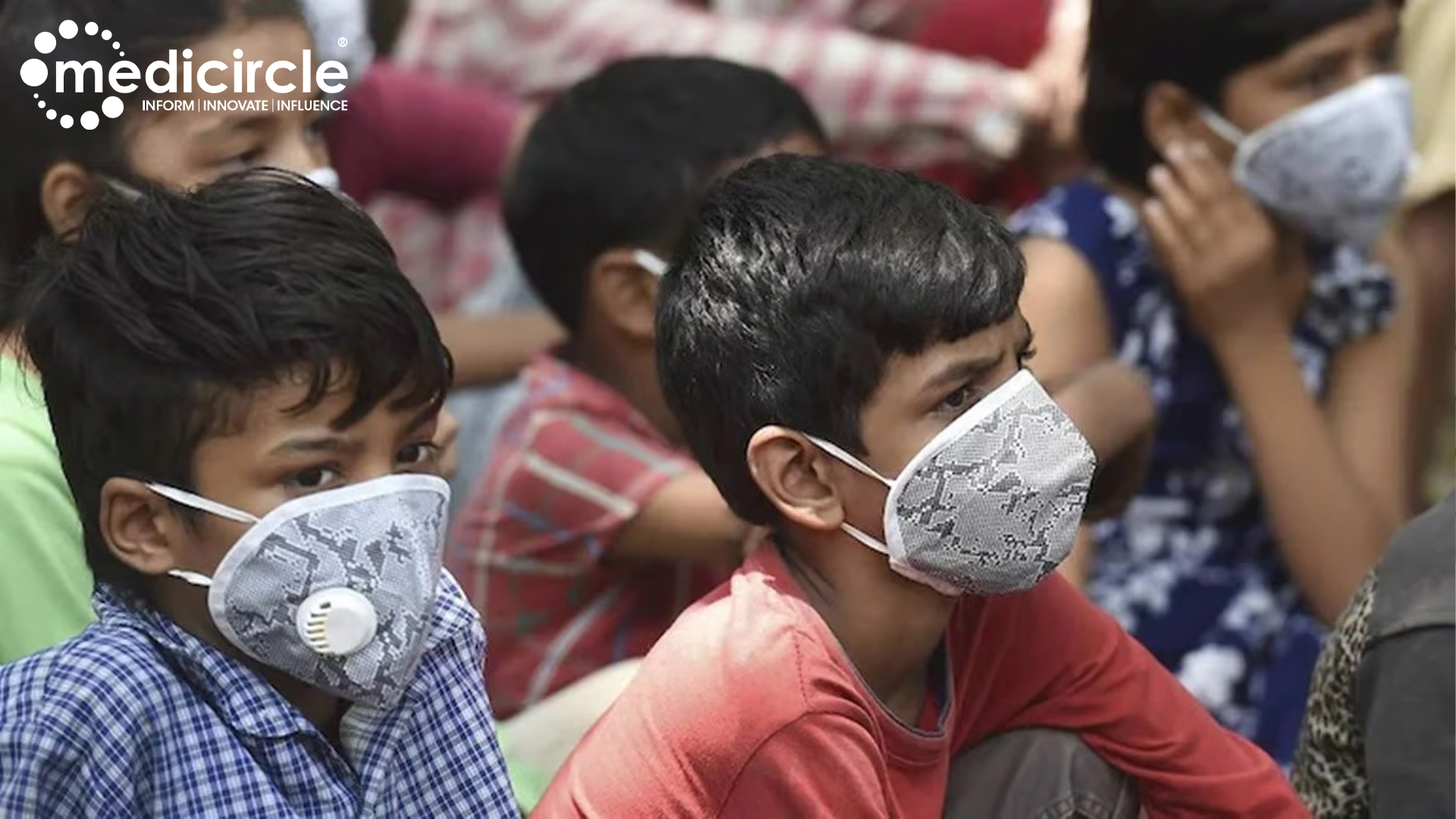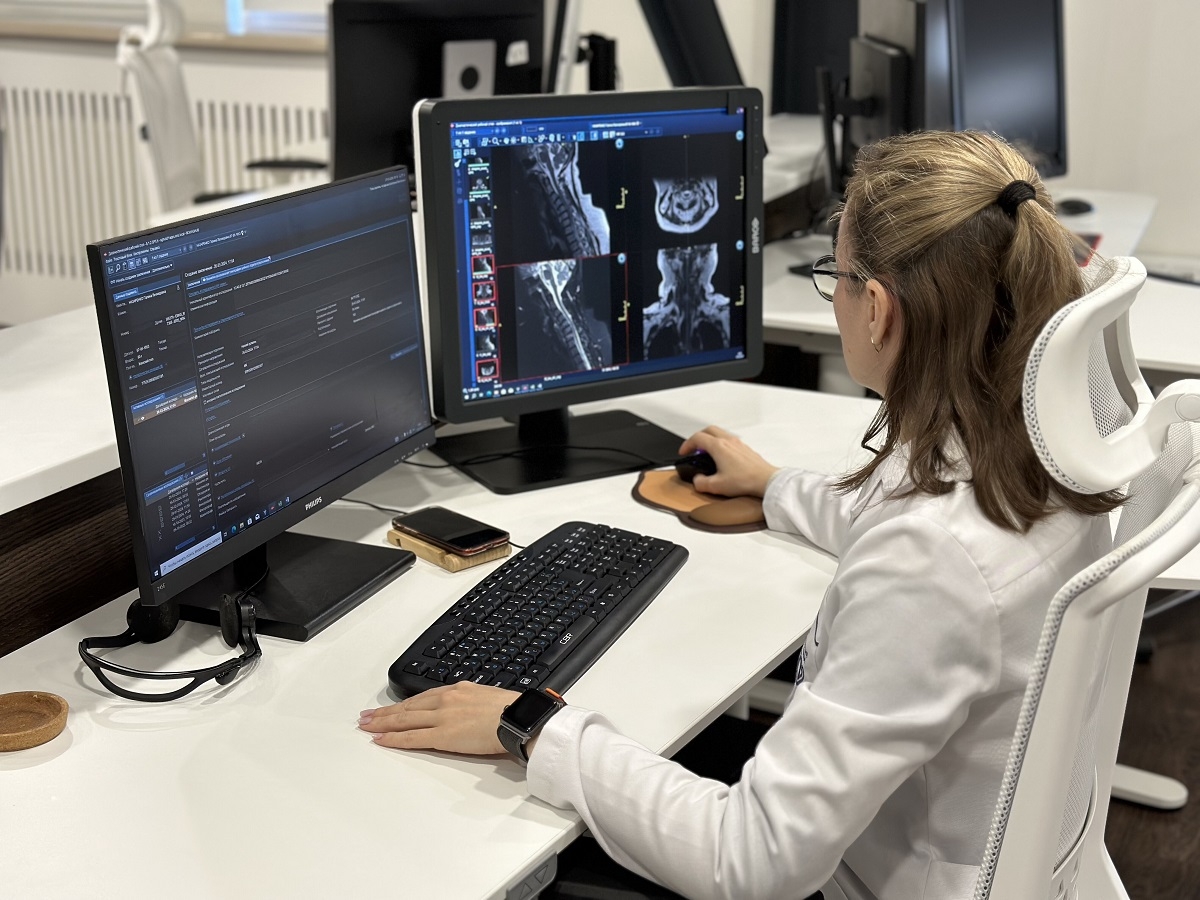With a recovery rate of over 91% and only three active cases of COVID-19 (as on June 26, 2020), Meghalaya has been able to tackle the COVID-19 menace by converting it into another challenge for its health system. At a time when countries across the world are struggling to lower the impact of the virus on their people, the Northeastern State has been able to find relative success.
Meghalaya implemented its 3-Pronged Strategy – Tracking the Transmission Chain, Strengthening Health Systems and Community Capacity Building to combat the COVID-19 crisis. And, in order to achieve the current status of having the highest recovery rate in the country, the State applied three main initiatives at the pre-first positive case stage that proved pivotal – a SIER mathematical model developed with the assistance from the Indian Institute of Public Health (IIPH), Shillong, to determine the Prediction vs. Preparedness status of the State for planning purposes; creating widespread awareness of the virus amongst the citizens, and formation of a State Response Team (SRT) to oversee the operations holistically.
The 3-Pronged Strategy
Tracking the Transmission Chain
Meghalaya has introduced a comprehensive monitoring process for every person entering the State during the pandemic. The focus was to optimally utilize technology and therefore, a multi-dimensional system was designed and implemented.
The State has facilitated pre-registration, where persons coming into the State register before their arrival; all information is collected and stored in a database and the State is able to anticipate numbers entering the State. Individuals have to register themselves by calling 108 or online-registration at http://meghalayaonline.gov.in/covid/login.htm.
A rigid screening process is followed up upon entry and thereafter, the individuals undergo RT-PCR (reverse transcription polymerase chain reaction) testing during their institutional quarantine. An extensive contact tracing is initiated and followed if found positive and home quarantine is the default option if found negative.
The IVRS (interactive voice response system) calling facility monitors the individuals for 14 days. Home visits are also part of the monitoring system. The State has adopted the Geo-Fencing App to track breach of quarantine.
Over 120 Corona Care Centres and Hospitals are monitored by the authorities via the Corona Care Management (CCM) Application, which tracks of potential/ confirmed COVID-19 patients from the time the person is registered at the hospital/institution until discharge.
All of the above details are recorded in an Integrated Multi-Dimensional Response System, Sankalp dashboard. This analytics platform is being used to monitor the extent of prevalence of symptoms, identify clusters, identify individuals with persistent and critical symptoms, quantify the number of citizens in self-isolation and monitor critical infrastructure parameters.
Strengthening Health Systems
Meghalaya’s Prediction vs. Preparedness study drew the attention to the much-needed boost in its heathcare sector and thereafter, the State has taken all the appropriate measures to equip the centres well to handle any unforeseen scenario. For instance, the number of ventilators has gone up from just four to 71 presently. It has also built different capacities for the four categories of infected persons – Asymptomatic or Category A, Mildly Symptomatic or Category B, Severe Symptomatic or Category C and Critical or Category D.
Apart from Home Quarantine for individuals at their respective homes, the Government has facilitated quarantine at the Corona Care Centres in the State capital, Shillong and Tura for the ones who do not have extra rooms for the same.
Another remarkable initiative are the Community Quarantine Centres taken up by the communities themselves. Localities take over suitable available spaces within the neighborhood and provide quarantine facility for the ones unable to meet the guidelines at their residences.
Meghalaya, in order to keep up with its strategic ways to evade surge in COVID cases, has also increased the number of tests to 400 per day and 2000 per day with regards to pool testing. The State has two active testing centres - NEIGRIHMS and the recently functional Tura testing facility. Another centre, Pasteur Institute, is in the process of getting added to the list.
Community Capacity Building
Community cooperation is commendable in dealing with the virus. The communication at the grassroots has been kept transparent and therefore, it has resulted in low numbers of infection in Meghalaya.
The District Administration have been organising meetings with the respective Headmen at regular intervals while Block Development Officers have been visiting villages to sensitize, create awareness and provide key support for village level outreach programmes across the state. Around 7000 Community COVID Management Committees (CCMC) have been set up across the State and are tasked with creating positive awareness of the virus.
Community Health Activists (CHAs) have also been selected from various SHGs and they, along with ASHAs, have been giving individualized training to high risk sections of the community such as the elderly and people with comorbidities. They perform three main functions – create awareness about the virus, assist in surveillance and maintain community quarantine centres.
Constitution of Behavioural Change Management Committees (BCMC) for inculcating Behavioural Change for living with COVID-19 has upped the ante. The “Behaviour Change Model for living with COVID-19” treats every resident as an asymptomatic carrier of the virus and by doing so, it holds every person accountable for practicing the three non-negotiables - Social Distancing, Mask Wearing and Sanitizing and handwashing (SMS).
The above 3-Pronged Strategy of the State has been successfully implemented due to the timely application of technology to ensure that COVID-19 protocols were followed to a tee. Meghalaya has taken advantage of the advancements made by technology by launching a telemedicine facility at NEIGRIHMS, Shillong. Due to COVID-19, there have been differences seen in health seeking behaviours of individuals and citizens are wary of stepping out and especially visiting hospitals; this has caused much detriment to the health of citizens due to delayed hospital visits.
The State’s decentralized model, where tasks and duties are distributed and delegated to the Districts, has further aided the progress. The clear communication through meetings with the Deputy Commissioners and the State Response Team, combined with Cabinet meetings happening in tandem resulted in swift flow of information and targeted decision making.
The inter-State exchange of learnings on the best practices with regards to COVID-19 with neighboring Assam is yet another initiative that also proved to be beneficial to Meghalaya

 Technology to track & implementing vigorous follow-up system, prediction vs. preparedness study and community support
Technology to track & implementing vigorous follow-up system, prediction vs. preparedness study and community support


































